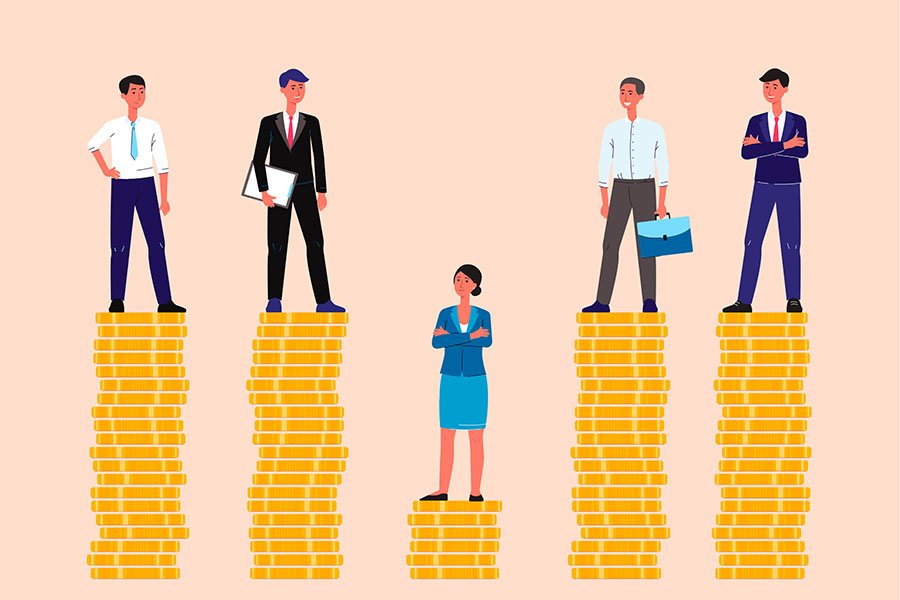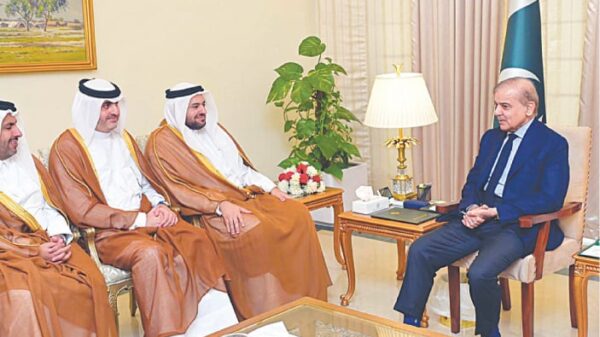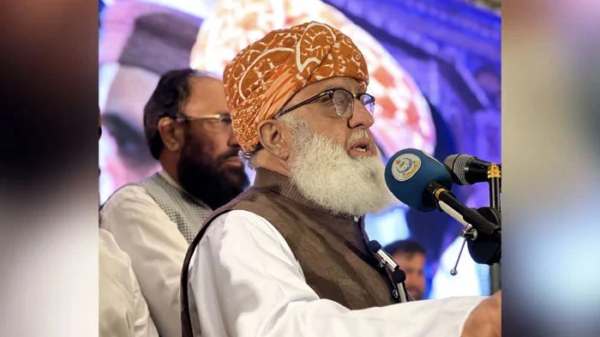Pakistan is unfortunately placed among the lower tier in global gender equality, holding the 142nd position out of 146 nations, according to the 2023 Global Gender Gap Index report by the World Economic Forum.
The ranking system evaluates factors such as education, health, economic prospects, and political influence. It encompasses various economic and social measurements, including a concerning illiteracy rate, a high school dropout rate, and a prevalent reluctance to educate women.
Although Pakistan ranks poorly in gender equality, it achieves a relatively fair 71st position out of 146 nations regarding wage equality for similar work. This is the highest score the country has received in any gender parity-related indicators.
According to the Labour Force Survey 2020-21, women’s labor force participation stands at 15.5%. In rural areas, it is approximately 19.9%, while in urban areas, it is significantly lower at 7.5%. This disparity might be mainly due to the higher involvement in agriculture in rural regions, which influences labor force participation rates.
To achieve gender pay equality, it is crucial to ensure that women have access to the same level of education and economic prospects as men.
The survey also indicates that women’s average salary is 82% of men’s in the same roles. This means a woman earns Rs82 for every Rs100 a man makes, showcasing the same work disparity. These figures are general, and a more in-depth analysis reveals even greater inequality.
It is crucial to mention that nearly 80% of working women struggle to meet the government-set minimum wage each month. A significant portion, around 20%, work in agriculture and related sectors, earning an average monthly wage of Rs9,419. Similarly, another quarter are employed in the manufacturing sector, receiving approximately Rs14,238 per month.

In conclusion, approximately one-third of working women are found in the education sector, earning an average monthly wage of Rs. 29,131 (which is from the 2020-21 period and may have changed due to inflation). The wage disparity is more pronounced in rural areas, where women earn 75% of what men do. In these regions, nearly half of the workforce is engaged in agriculture and allied sectors, primarily due to limited access to education or vocational skills that could boost their wages.
In comparison to men, for every Rs100 earned by a woman, she makes Rs82 while performing the same job.
From a different perspective, the wage gap is smallest at 89% for women in the “manager” occupational group, meaning that a female manager earns approximately Rs89 for every Rs100 a male manager makes. Similarly, the disparity is 85% for service and sales activities.
At a broader scale, specifically in urban settings, the wage gap narrows to 91% as the uneven distribution of women in agriculture reduces, allowing them to access higher-paying opportunities. To fully comprehend the reasons behind this significant gap and the differences between urban and rural areas, more detailed data is necessary. Insufficient education and the limited opportunities that arise from it play a significant role in confining women to industries with lower value and, consequently, lower wages.
Furthermore, a notably reduced labor force participation rate in urban areas implies that social and cultural factors might also contribute to maintaining participation low. Despite the narrowing wage gap in recent years, labor force participation remains subdued.
The wage gap is undeniable, despite some arguing its nonexistence; statistical evidence tells a different story. Between 2017-18 and 2021-22, the wage gap contracted significantly, rising from 60% to 82%. To determine the factors behind this change, more detailed data would be necessary, necessitating further investigation to validate the improvement.
There is still a considerable potential for wage growth for both genders, as income remains stagnant due to poor real growth rates in the economy. To increase average women’s wages, it is crucial to enhance education attainment levels, leading to better outcomes through the acquisition of higher value-added skills.










